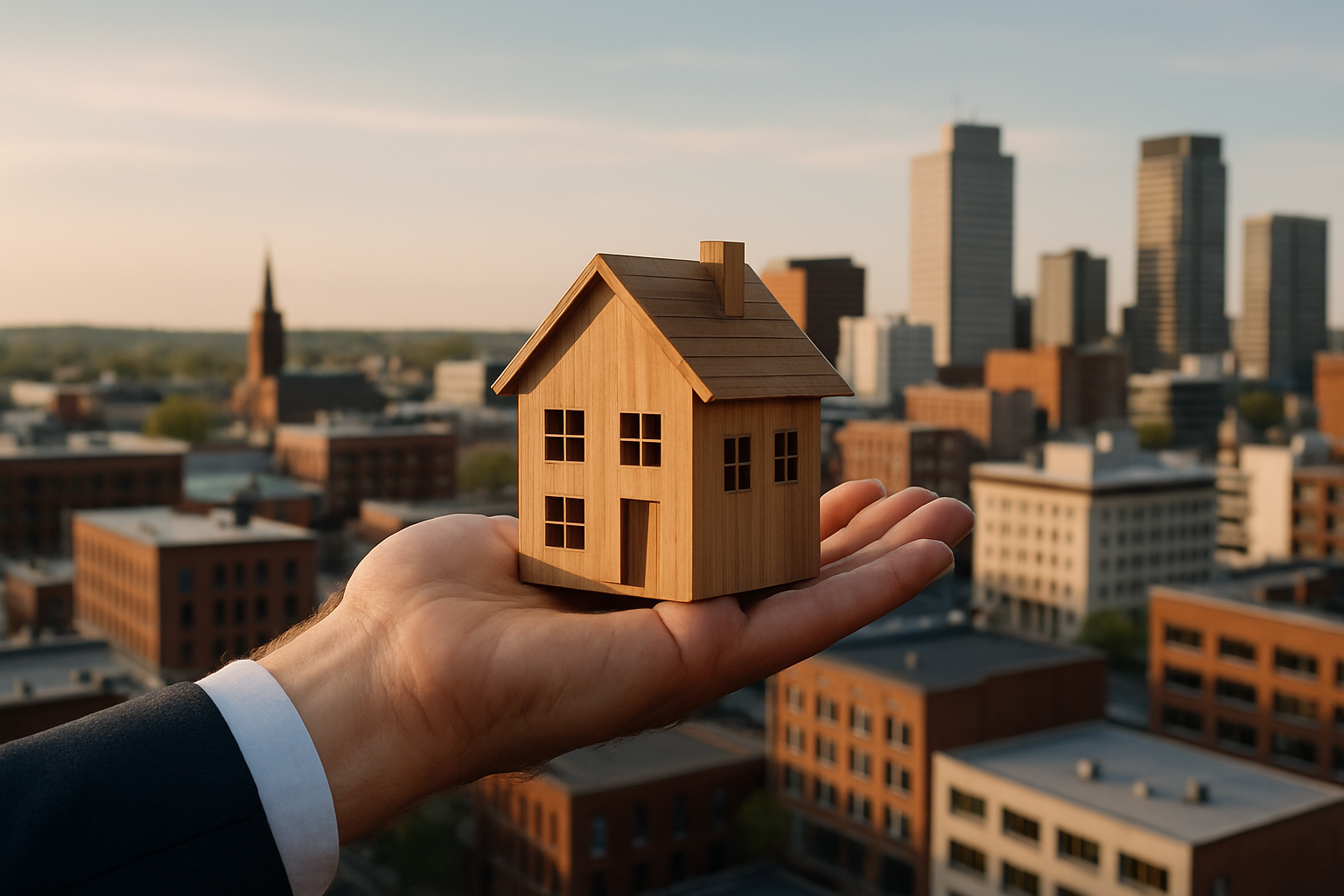Unlocking Value: The Rise of Adaptive Reuse in Real Estate
The real estate landscape is constantly evolving, and one trend that's gaining significant traction is adaptive reuse. This innovative approach involves repurposing existing buildings for new functions, breathing fresh life into outdated structures and revitalizing communities. According to a recent Urban Land Institute report, adaptive reuse projects have increased by 40% in the past five years, signaling a shift in how developers and investors view property potential.

The Historical Context of Building Repurposing
The practice of repurposing buildings has roots that stretch back centuries. In medieval Europe, it wasn’t uncommon for castles to be converted into monasteries or for churches to become secular buildings. However, the modern concept of adaptive reuse as we know it began to take shape in the mid-20th century, primarily as a response to urban decay and the preservation movement.
Economic Benefits of Adaptive Reuse
One of the primary drivers behind the surge in adaptive reuse projects is the potential for significant cost savings. Renovating an existing structure can be 16% cheaper than new construction, according to a study by the National Trust for Historic Preservation. This cost efficiency extends beyond initial construction, as repurposed buildings often benefit from existing infrastructure and can be brought to market faster than ground-up developments.
Environmental Impact and Sustainability
Adaptive reuse aligns closely with sustainability goals, making it increasingly attractive in an era of heightened environmental awareness. By repurposing existing structures, developers can reduce construction waste, conserve resources, and minimize the carbon footprint associated with new builds. A report from the Preservation Green Lab found that building reuse almost always offers environmental savings over demolition and new construction.
Challenges in Adaptive Reuse Projects
While adaptive reuse offers numerous benefits, it’s not without its challenges. Developers often face hurdles such as outdated building codes, potential contamination in industrial sites, and the need for extensive structural modifications. Moreover, balancing historic preservation with modern functionality can be a delicate and sometimes costly process. Successful adaptive reuse projects require careful planning, innovative design, and often, collaboration with local authorities and preservation groups.
Market Trends Driving Adaptive Reuse
Several market trends are fueling the growth of adaptive reuse. The shift towards urban living has created demand for unique, character-rich spaces in city centers where new construction opportunities are limited. Additionally, the decline of traditional retail has left many communities with vacant big-box stores and shopping centers, prime candidates for adaptive reuse. The COVID-19 pandemic has further accelerated this trend, as changing work patterns have left many office buildings underutilized and ripe for repurposing.
Case Studies in Successful Adaptive Reuse
Examining successful adaptive reuse projects can provide valuable insights for investors and developers. For instance, the transformation of the Highline in New York City from an abandoned railway into a public park has not only created a popular attraction but has also significantly boosted property values in the surrounding area. Similarly, the conversion of the Sears, Roebuck & Co. building in Los Angeles into a mixed-use development has revitalized a historic landmark while meeting modern urban needs.
Financial Considerations for Investors
For real estate investors, adaptive reuse presents unique opportunities and challenges. While initial costs can be higher due to unforeseen issues in older buildings, the potential for higher returns is significant. Unique, repurposed spaces often command premium rents and can anchor neighborhood revitalization efforts. However, investors must carefully assess factors such as location, building condition, and market demand before undertaking adaptive reuse projects.
The Future of Adaptive Reuse in Real Estate
As cities continue to evolve and sustainability becomes increasingly important, adaptive reuse is poised to play an even larger role in the real estate market. Emerging technologies, such as 3D modeling and advanced materials, are making it easier to reimagine and retrofit older structures. Moreover, as governments recognize the benefits of adaptive reuse, we’re likely to see more incentives and supportive policies encouraging this approach to development.
Conclusion: A New Paradigm in Property Development
Adaptive reuse represents a paradigm shift in how we approach real estate development and urban planning. By reimagining existing structures, we can create vibrant, sustainable communities while preserving architectural heritage. As the real estate market continues to evolve, adaptive reuse offers a compelling strategy for investors, developers, and communities alike to unlock hidden value in the built environment.





